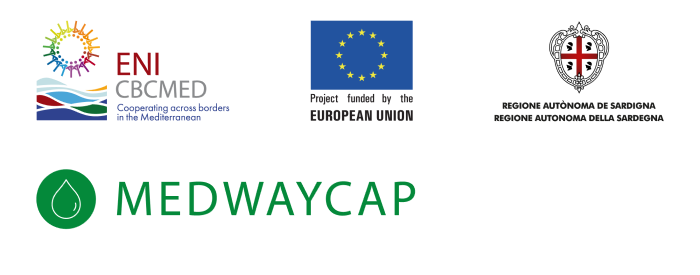First Name:
Samira
Last Name:
Melki
Type of BP
Implementation & management solutions
Typology of Non- Conventional Water Resources (NCWR) What kind of NCWR do you deal with ?:
Municipal wastewater (MWW)
What are the challenges raised by your Best Practice?
Water for irrigation and food production is not available, Better selection of Implementation criteria of NCW systems, Inadequate decisions by decision-makers
How could you describe your Best Practice?
Water scarcity causes food insecurity and will hamper the energy supply, which are the two main factors of social stability. Water in the countries of the Mediterranean basin is rare and spreads irregularly in time and space. It is therefore under growing pressure, linked to population growth, development, and increased irrigation demand. Unconventional water resource mobilization and use will be essential to meet growing needs. The objective of the present study is to identify potential sites to reuse treated wastewater (TWW) for irrigation in the El Fahs region after using an innovative water treatment technology. An analytic hierarchy process (AHP) coupled with a geographic information system (GIS) is used as a decision support tool. We used a relatively simple pairwise comparison method in analytical prioritization. 12 constraints and 5 factors were determined for the selection of sites. The combination of all constraints by the intersection operator resulted in a Boolean map in which the areas were coded; we assumed 0 to be unsuitable for irrigation and we coded the rest as 1. The factors, normalized by fuzzy logic and weighted according to the prioritization process, were used to identify favorable sites. Finally, a sensitivity analysis is applied to check the reliability of the results, based on several potential scenarios, using a weighted linear combination (WLC). The results show that the total suitable area covers 4808.44 ha, which corresponds to 53% of the total study area. The sensitivity analysis confirms the selection of sites suitable for irrigation using fuzzy-AHP based on GIS.
Please describe your Best Practice in 5 keywords?
PGIS, AHP, TWW, modeling, irrigation
Please provide any links to useful documentations (including website)presenting your Best Practice
In which area has your Best Practice been implemented ?
Rural area
Best Practice location implementation (Country)
Tunisia
Localisation
POINT (10.142317 36.409119)
Please add the date of implementation of your best practice
Who are the beneficiaries and/or the target group of your Best Practice ?
Farmers, Management Authorities
Have you involved stakeholders?
Yes
What are the obstacles to implementation of Best Practice ?
Lack of public acceptance of water reuse
Did you receive funding for the research and development of the proposed BP?
Yes
Please indicate the source of funding
EU funding
Do you have or know any platform of sharing Best Practice that you would like to link to this inventory platform?
Yes
Please provide the link (or/and) the platform name
https://etraining-aquacycle.eu/
Does your Best Practice contribute to an innovation? If so, please provide a short description of the innovative component
My Best Practice contributes to a better understanding of the environmental impacts of agricultural land irrigation using unconventional water resources, and the acquisition of perfect control over its potential risks
Please indicate the TRL associated with your Best Practice
TRL4 : Technology validated in lab
Flow rate (m3/day)
5.00
Flow rate (m3/day) of treated NCW
5.00
What is the average number of people producing this NCW flow per day (number of population)
-2.00
Field irrigation
Is your Best Practice economically viable ?
8
Is your Best Practice environmentally sustainable ?
8
Please indicate the other various social impact of your Best Practice :
Sustaining natural ecosystems
What the improvement is induced by your Best Practice Solution?
Increase in reuse possibilities
To which Sustainable Development Goals (SDGs) your Best Practice contributes?
SDG15: Life on Land
